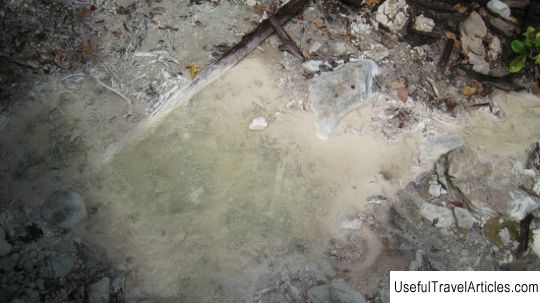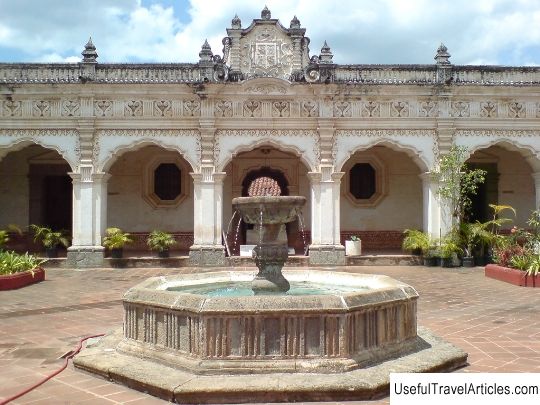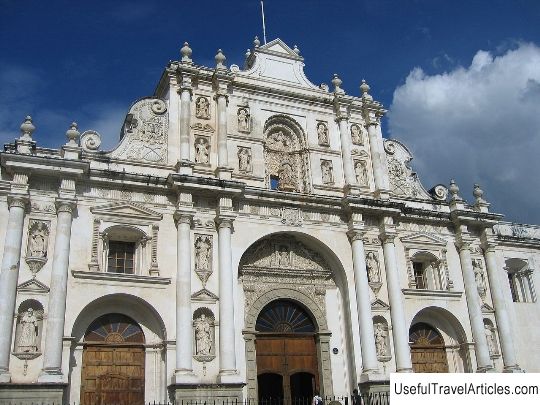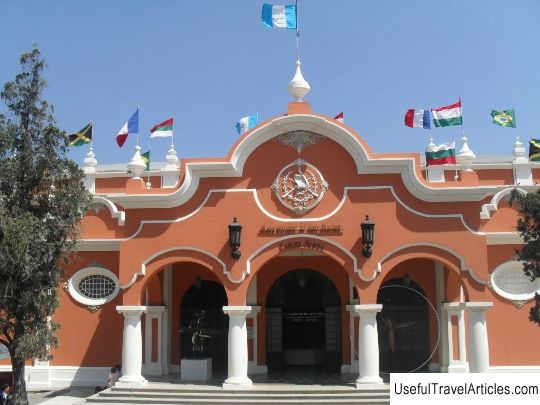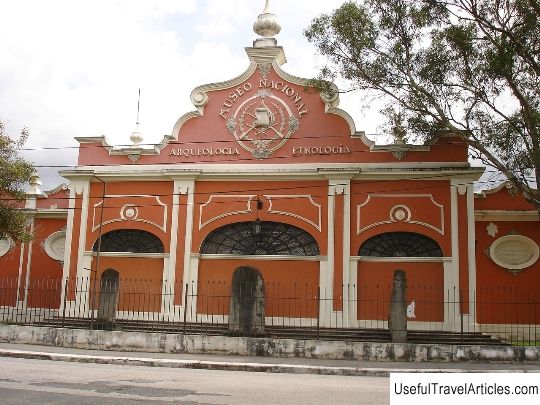University of Guatemala (Universidad de San Carlos de Guatemala) description and photos - Guatemala: Guatemala
Rating: 8,1/10 (323 votes) 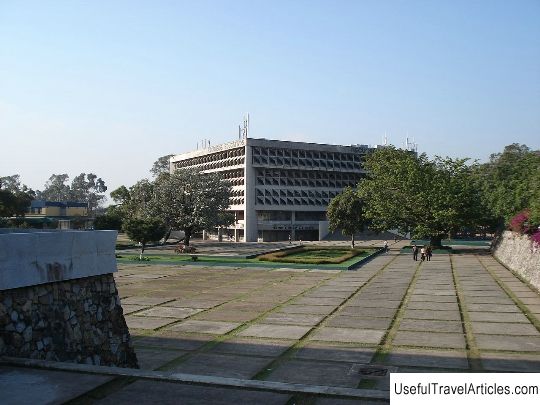
University of Guatemala (Universidad de San Carlos de Guatemala) description and photos - Guatemala: Guatemala. Detailed information about the attraction. Description, photographs and a map showing the nearest significant objects. The name in English is Universidad de San Carlos de Guatemala. Photo and descriptionThe University of Guatemala San Carlos is the largest, most prestigious and oldest institution of higher education in the country. It was founded on January 31, 1676 by royal decree of Charles II, being the fourth university founded in America, and the only one in Guatemala until 1954. The university underwent five significant transformations: after its creation, it bore the name of the Royal and Pontifical University San Carlos Borromeo (Saint Charles Borromeo) until 1829, was subordinate to the Catholic Church. After gaining independence in 1821, the institution was called the Pontifical University. From 1834 to 1840, the educational institution was reorganized into the secular Academy of Sciences. During the reigns of Raphael Carrere and Vicente Cerna, this institution again became the Pontifical University of San Carlos Borromeo and operated in this format from 1840-1875. A new round in the country's history turned it into the National University of Guatemala (1875-1944), a secular institution, which was further divided into colleges of notaries and law, medicine and pharmacy. The last transformation took place in 1944 - it became the University of Guatemala San Carlos, a socially oriented secular organization. The university grew out of the College of St. Thomas Aquinas, founded in 1562 by Bishop Francisco Marrokin. After a series of major earthquakes in 1773, which destroyed many parts of Santiago de los Caballeros, the authorities ordered the evacuation of the city and the resettlement of its governing bodies. religious and educational bodies to the new capital of La Nueva Guatemala de la Asuncion. From the 16th to the 19th century, research in civil and liturgical law, theology, philosophy, medicine and indigenous languages was the priority area of the university. After the liberal revolution in 1871, the direction in education in Guatemala completely changed: the clergy were expelled from the country, all their resources were confiscated. Religious education was replaced by an exclusively secular one until 1954. The new liberal regime founded the Polytechnic-Militarist Academy in 1873, which trained military officers, engineers, surveyors and telegraphers. In July 1875, Justo Rufino Barrios closed the Pontifical University and in its place founded the Central College of Law, the Central College of Medicine and Pharmacy. which formed the National University of Guatemala. The government decreed that the teaching of medicine should be as practical and philosophical as possible, with all modern scientific theories. Later, colleges of technical sciences, philosophy and literature were opened. Since March 21, 1893, by a decree of the government of General Jose Maria Reina Barrios, higher educational institutions have been deprived of the right to elect their own government. In 1897, during a deep political and economic crisis, as part of austerity measures, a decree was issued to close the university's schools and colleges. Following the assassination of President Rein Barrios on February 8, the Guatemalan government reopened educational institutions, claiming that they served as the basis for all liberal institutions. Since 1899, the National University has been the center of Guatemala's political life. Many times he was deprived of the right of autonomy, a teaching staff loyal to the government was appointed, and they tried to develop in students servility towards the country's leadership. The creation of student organizations was severely persecuted and punished. After the revolution against General Ubiko's successor on October 20, 1944, the new government granted full autonomy to the university, it was renamed the University of San Carlos de Guatemala. The educational institution expanded the composition of specialized colleges and areas of work, women and all members of society for whom it was closed in the past were allowed to receive education. After such reforms, the university began to actively participate in the political life of the country, representing social, economic and political projects. Today the Central Building is located on the university campus, has 10 faculties, 7 faculty schools and 18 university centers in almost all regions of Guatemala. It has 195,000 students; 6 specialties, 119 masters and 10 doctoral students contributing to the training of researchers, teachers and specialists with advanced experience throughout the country.  We also recommend reading Monastery of the Holy Cross (Mosteiro de Santa Cruz) description and photos - Portugal: Coimbra Topic: University of Guatemala (Universidad de San Carlos de Guatemala) description and photos - Guatemala: Guatemala. |
